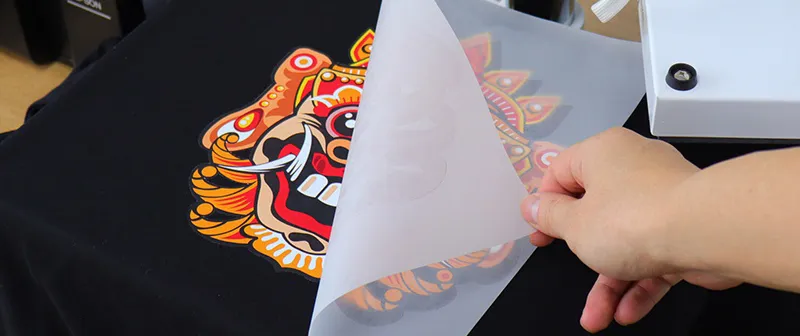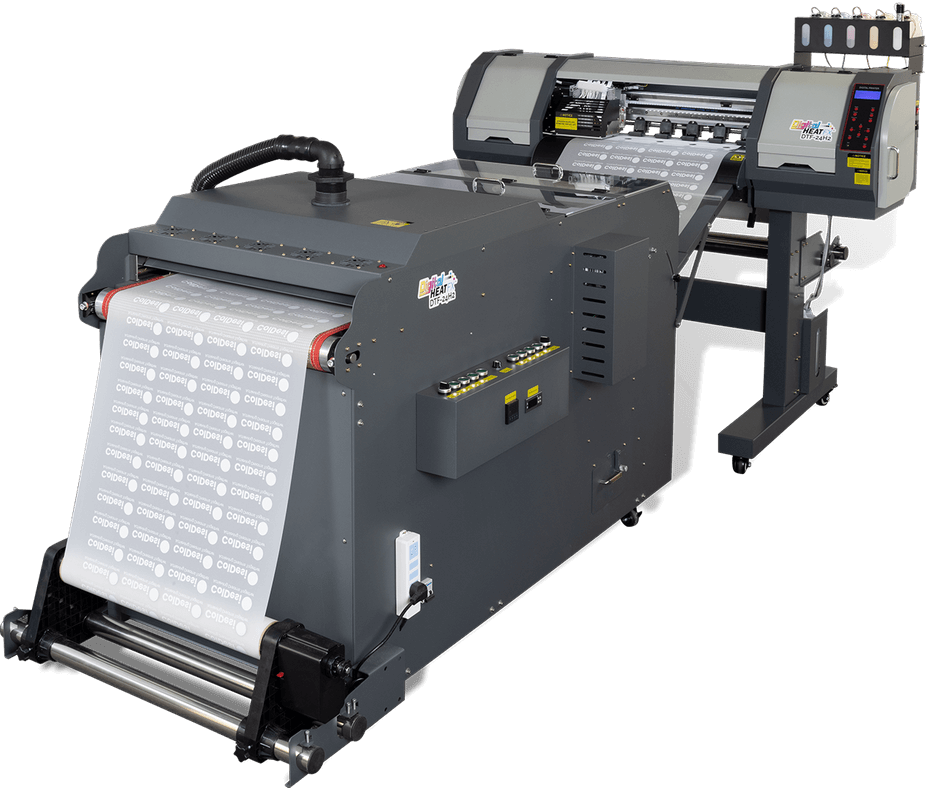A Deep Dive into DTF Printing: Techniques, Benefits, and Industry Applications
A Deep Dive into DTF Printing: Techniques, Benefits, and Industry Applications
Blog Article
Ultimate Overview to DTF Printing Methods for Magnificent Fabric Layouts
Embarking on the journey of mastering DTF printing methods can open up a world of opportunities for creating visually captivating textile designs. In this overview, we will certainly explore the complex details of DTF printing, from grasping the basic essentials to unraveling advanced color strategies that can boost your styles to new elevations.
Recognizing DTF Printing Essentials
DTF printing, a procedure that includes transferring layouts from an unique movie to textiles using warmth and stress, creates the structure of textile printing techniques. This cutting-edge technique permits high-quality, vivid styles to be seamlessly moved onto various textiles with precision and information. The primary step in DTF printing entails developing or picking a layout that will be published onto the textile. This design is then published onto a special film making use of a DTF printer, which utilizes certain dyes or pigments to guarantee shade accuracy and longevity.
The final outcome is a stunning, durable textile layout that is cleanable, versatile, and immune to fading. Generally, understanding the basics of DTF printing is vital for understanding this modern fabric printing method.
Selecting the Right Fabric Materials
Having established the fundamental principles of DTF printing methods for textile styles, the following important consideration lies in selecting the appropriate textile products to match this ingenious procedure successfully. The success of a DTF print mainly depends upon the compatibility between the chosen textile and the printing method. When selecting fabric materials for DTF printing, it is vital to think about the textile's make-up, weave, and appearance. Fabrics that function well with DTF printing include polyester blends, spandex, nylon, and other synthetic materials. These fabrics normally have a smooth surface area that permits for comprehensive and vivid prints. Furthermore, the stretchability of these materials can accommodate the warmth transfer procedure associated with DTF printing without distorting the style. It is a good idea to prevent all-natural fibers such as cotton or silk, as they may not yield the exact same degree of print quality and resilience. By picking the appropriate fabric materials, developers can optimize the capacity of DTF printing to produce spectacular and durable textile styles.

Mastering the Printing Process
To excel in DTF printing strategies for textile designs, understanding the printing process is crucial for achieving regular and high-quality outcomes. The printing process in DTF involves a number of essential actions that need precision and interest to detail. Preparing the art work for printing is vital. This includes guaranteeing the layout is appropriately sized and positioned for the fabric. Next off, the design find out this here is published onto a special DTF movie using a compatible printer with the right settings to accomplish optimum shade vibrancy and clearness (DTF Printing). When the design is printed, it is then transferred onto the material using a warmth press machine. The temperature, stress, and duration of heat application should be thoroughly managed to make certain correct bond of the design to the textile. Furthermore, grasping the peeling off process after heat pressing is essential to stop any kind of damage to the design or fabric. By developing each of these actions in the printing procedure, designers can regularly create magnificent and sturdy textile layouts with DTF printing methods.
Enhancing Layouts With Shade Methods

Additionally, try out color gradients can bring a sense of motion and fluidity to the layout. By mixing shades flawlessly, a slope effect can be achieved, including a modern and dynamic touch to the textile style. Furthermore, using color obstructing strategies can develop striking and vibrant visuals by comparing various strong colors in distinct areas of the layout.
In addition, integrating metallic or neon colors can give a eye-catching and distinct aspect to the textile design, making it attract attention and emanate a feeling of vibrancy. When purposefully applied, these color methods can elevate the overall visual allure of fabric styles, making them more unforgettable and captivating.
Troubleshooting Common DTF Printing Issues
After discovering numerous color strategies to improve textile styles, it is necessary to attend to common DTF printing problems that may develop during the manufacturing process. One typical issue is inadequate bond, which can arise from improper treating temperatures or times. To fix this problem, make certain that the treating setups are accurate which the adhesive utilized appropriates for the particular material being published on. Another constant challenge is color variances, where colors might show up in a different way than anticipated. This can be brought on by inaccurate color profiles or setups in the printing software. To tackle this, confirm the color setups and profiles to ensure they match the designated layout. Additionally, problems with picture clearness and intensity can occur due to low-resolution pictures or incorrect printing strategies. To address this, always make use of top quality images and change the printing settings for ideal clearness. By recognizing these typical issues and applying the required troubleshooting steps, you can improve the general top quality of your DTF published textile styles.
Final Thought
In conclusion, understanding DTF printing strategies is essential for producing stunning fabric layouts. With technique and interest to information, one can produce lovely and one-of-a-kind fabric layouts utilizing DTF printing methods.
Layouts))))
DTF printing, a process that includes moving styles from a special movie to fabrics using warm and pressure, forms the foundation of fabric printing techniques.Having developed the foundational principles of DTF printing strategies for textile styles, the following crucial factor to consider lies in choosing the ideal textile materials to enhance this cutting-edge process properly. By picking the right fabric products, developers can optimize the possibility of DTF printing to develop durable and stunning textile layouts.
To succeed in DTF printing techniques for fabric designs, grasping the printing procedure is essential for achieving high-quality and consistent results. DTF Printing. By developing each of these steps in the printing process, designers can regularly create magnificent and sturdy fabric designs with DTF printing techniques
Report this page